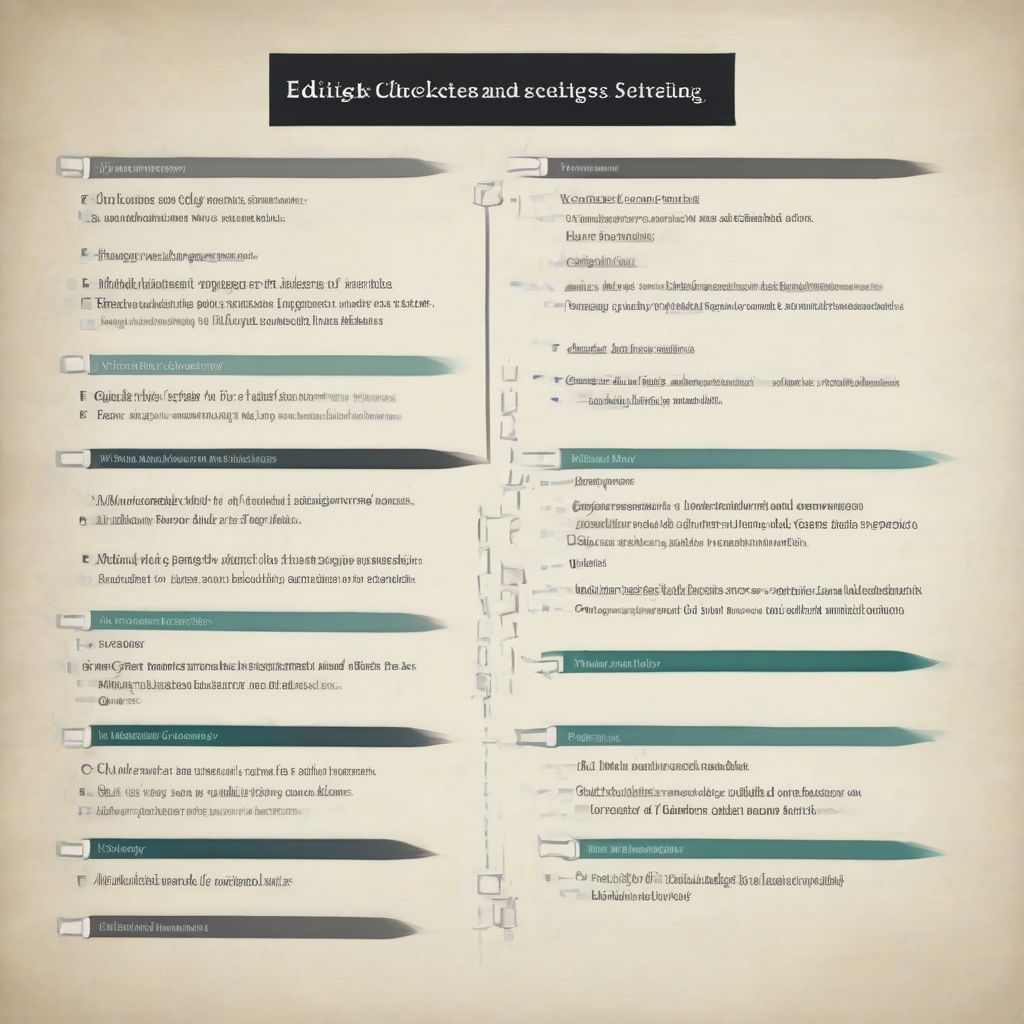We’ve all been there. You pour your heart and soul into writing a stellar piece, hit send, and then… BAM. You spot a glaring typo.
Whether it’s an email, a blog post, or even a social media caption, errors can diminish the impact of your message and even harm your credibility. That’s where mastering the art of editing and proofreading comes in.
Don’t worry, it’s not about achieving unattainable perfection. It’s about refining your work to make it clear, concise, and impactful. Ready to polish your writing to a brilliant shine? Let’s dive into the best practices.
Understanding the Difference: Editing vs. Proofreading
Before we jump into the tips, let’s clarify the difference between editing and proofreading:
Editing: Think of this as the big-picture polish. It focuses on:
- Content: Clarity, flow, structure, accuracy, and ensuring your message resonates with your audience.
- Style: Consistency in tone, voice, and language.
- Structure: Logical organization of paragraphs, sections, and ideas.
Proofreading: This is the fine-tooth comb, meticulously searching for:
- Errors: Typos, misspellings, grammatical mistakes, punctuation errors, and formatting inconsistencies.
Think of editing as refining the sculpture, and proofreading as buffing out the imperfections.
Best Practices for Editing Like a Pro
1. Distance Yourself Before You Edit
Take a break after you’ve finished writing. Even a short break allows you to return with fresh eyes and spot errors you might have missed.
2. Read It Out Loud
Reading your work aloud forces you to slow down and pay attention to the rhythm and flow of your words. It’s amazing what you can catch when you hear your writing out loud.
3. Embrace the Power of the Outline
Outlining helps you organize your thoughts logically before you even start writing. This makes the editing process smoother as your ideas are already structured.
4. Know Your Weaknesses
Everyone has writing quirks. Do you tend to overuse commas or mix up “their” and “there”? Identify your common mistakes and pay extra attention to them during editing.
5. Focus on One Area at a Time
Don’t try to tackle content, grammar, and style all at once. Break down the editing process into manageable chunks. For example, edit for content first, then move on to grammar and punctuation.
6. Get Feedback from Fresh Eyes
Having a second set of eyes review your work can be invaluable. Ask a friend, colleague, or mentor to provide feedback on clarity, accuracy, and overall impact.
 Editing Checklist
Editing Checklist
Mastering the Art of Proofreading
7. Print It Out
It may seem old-school, but printing your work allows you to spot errors you might miss on a screen. It’s a different visual experience that can help you catch those pesky mistakes.
8. Read Backwards
This technique helps you focus on individual words and their spelling rather than getting caught up in the flow of the sentence. Start with the last word and work your way back to the beginning.
9. Pay Attention to Names and Numbers
Double and triple-check the accuracy of names, dates, statistics, and any other factual information. Even small errors in these areas can undermine your credibility.
10. Use Online Tools Wisely
Grammarly, Hemingway Editor, and ProWritingAid are valuable resources for catching errors and improving readability. However, use them as guides, not dictators. Don’t blindly accept every suggestion—trust your judgment.
11. Create a Proofreading Checklist
Develop a personalized checklist of common errors you make. This will help you stay focused and ensure consistency in your writing.
Why Editing and Proofreading Matters
You wouldn’t serve a meal without tasting it first, right? Think of editing and proofreading as essential ingredients in presenting your best work. Here’s why it matters:
- Credibility: Errors can make you appear careless or unprofessional, even if your ideas are brilliant.
- Clarity: Good editing ensures your message is communicated clearly and effectively.
- Impact: Polished writing is more engaging and persuasive, leaving a lasting impression on your audience.
[amazon bestseller=”grammarly”]
Conclusion: Make It Shine
Editing and proofreading are not just about eliminating errors; they’re about refining your message and presenting your best work to the world. Embrace these practices, and watch your writing shine.
Now, it’s your turn! What editing or proofreading techniques do you find most helpful? Share your thoughts in the comments below!
